In my childhood, if I smelled curry when I came home from school or a friend’s house in the evening, I was over the moon. For me and a lot of Japanese people, curry rice is one of our favorite home cooking dishes. I want to say “curry rice is the No.1 mom’s home cooking!!”
It is a classic home-cooked meal for every scene in Japan: the first dish children cook, the first dish you cook for your boyfriend, and the dish you cook outside. Curry does not originate in Japan. It’s not also a typical Japanese traditional dish. However, why does curry rice reign as a typical home cuisine? Today I’ll introduce our best friend, Japanese curry rice!
History
In the 18th century, the British, then mainly in the “Bengal region” of India, introduced the local cuisine of the Bengal region back home. It was curry. The curry introduced to England was a combination of curry, spice soup, and no rice. It is said that curry and rice in Japan, using the same ingredients as stew but seasoned with curry powder that lasted for a long time, took root in Japan as a meal during the voyage.
It is said that curry came to Japan from England at the beginning of the Meiji era, around the 1870’s. There is a record that Japanese people knew and ate curry on board a ship they took to study in the U.S. After that, recipe books of curry came out and introduced curry as an easy way of eating beef, which was just starting to be more available in Japan at that time.
The first Japanese curry powder went on sale in 1905, and curry’s image changed from a luxury meal to a popular meal little by little. And potatoes, onions, carrots took root as standard ingredients of curry. It’s a unique Japanese curry style.
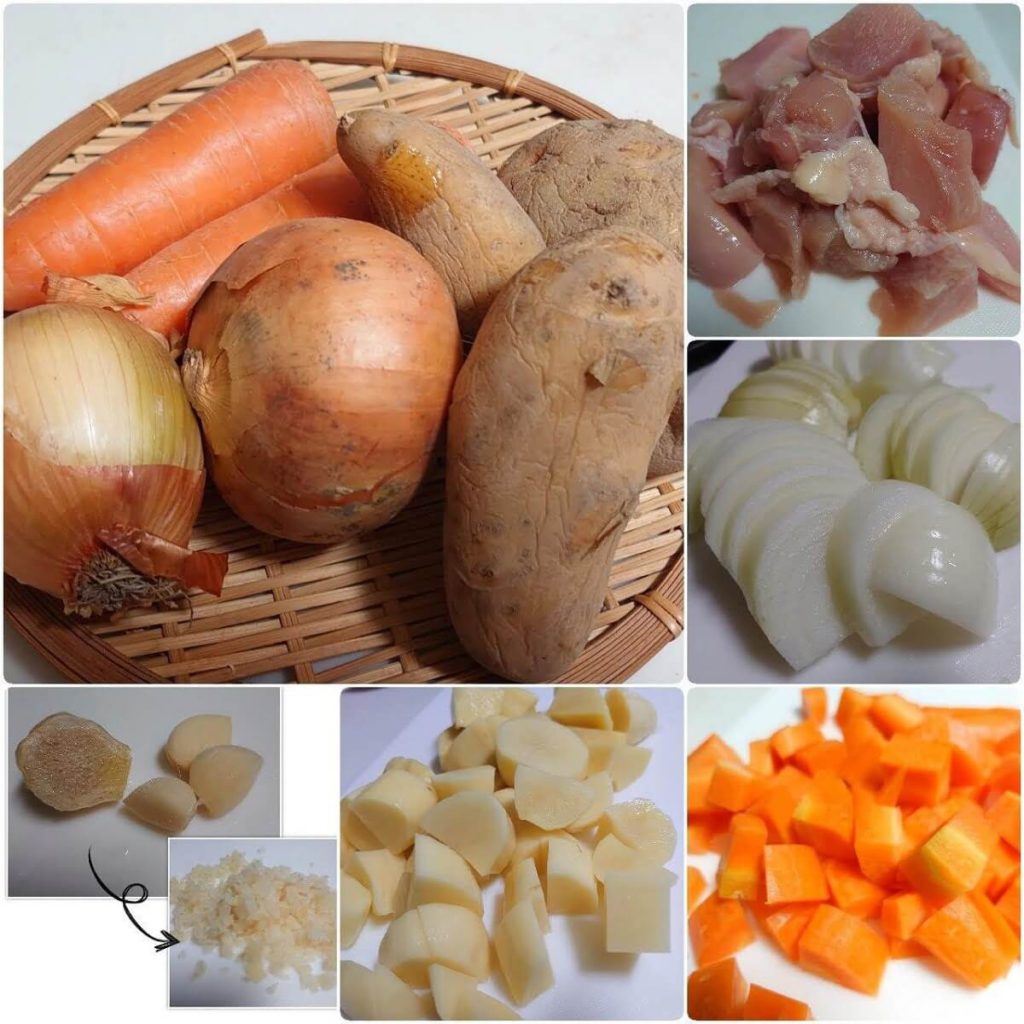
Japanese soldiers who ate curry in the military brought it back to their own home and told their family about a meal, curry. It seems that curry was spreading gradually because a lot of them were doing that. In addition to that, curry rice started being introduced in all school lunch menus after World War II, in1948, and it has been developing as one of Japan’s most popular dishes ever since. Back in 1982, the Japanese government even decided to establish a “Curry Rice Day” on January 22th and served it as school lunch in all of elementary schools and junior high schools.
Why has curry rice become popular as a national dish?
☆Nutritional value
Curry rice has many kinds of ingredients in one plate, so it’s rich in nutrition and has a good balance. It includes many kinds of vegetables, meat, and fish in a curry roux. Eating rice together with it means we get staple food too. From a taste perspective, curry includes five tastes: sweet, sour, salty, bitter and umami, in a good balance. For Japanese people, who have a delicate sense of taste, they seem to savor and enjoy its balance.
☆As an indispensable military food
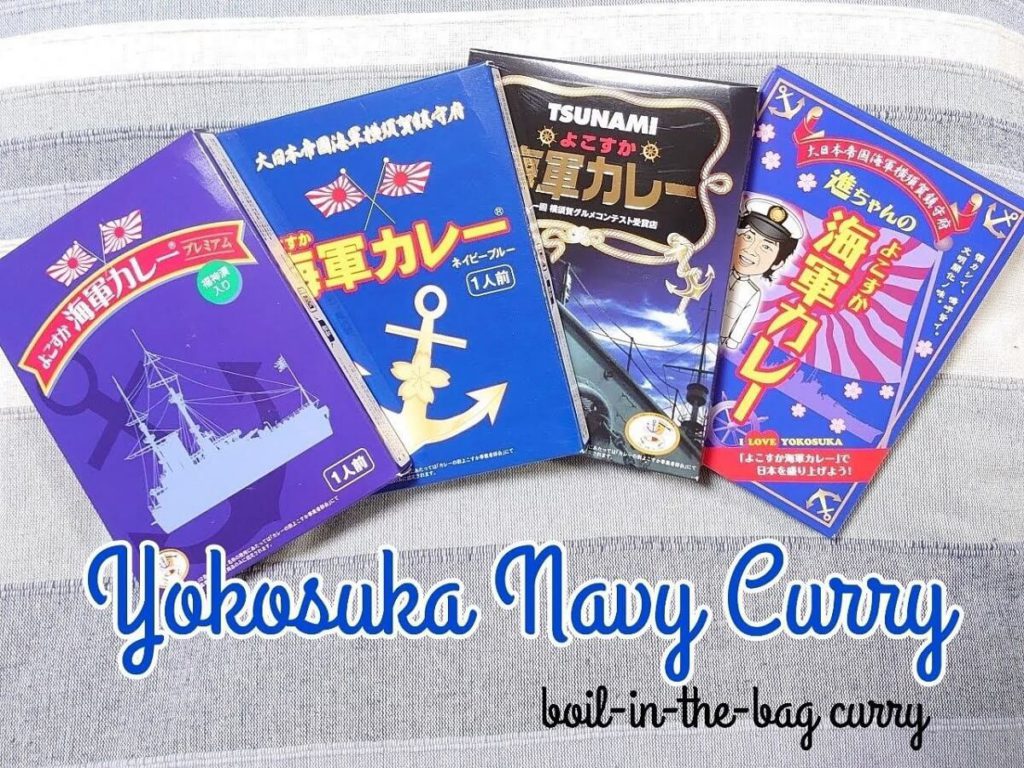
In addition to its high nutritional value, curry powder was widely used as a military food because it was easy to prepare and suitable for group meals. Curry powder in particular could be stored for long periods of time, making it suitable for meals during voyages. The Japanese Navy followed the example of the British Navy, and curry rice became the focus of attention as a naval food. Curry in a light broth, thickened with flour, was more easily combined with Japanese rice, and the Navy established “Curry Rice every Friday for lunch.” It was said that the reason for the custom of “Curry rice on Friday” is to keep the sense of the day of the week alive on the sea where the scenery is not easily changed. The custom of “Curry on Fridays” has been carried over to the current Maritime Self-Defense Force still today. Navy Curry sold in retort pouches is popular for its delicious taste!
☆How do you make “curry rice” anyway?
To begin with, curry is a “no-fail” dish. Cut vegetables and meat, put them in a pot, simmer them, and then add roux. That is all you need to do to make delicious curry rice. It is thanks to the perfection of Japanese curry roux. This magical curry roux can be bought at any supermarket at any time and is available in a wide variety of flavors.
Curry Roux
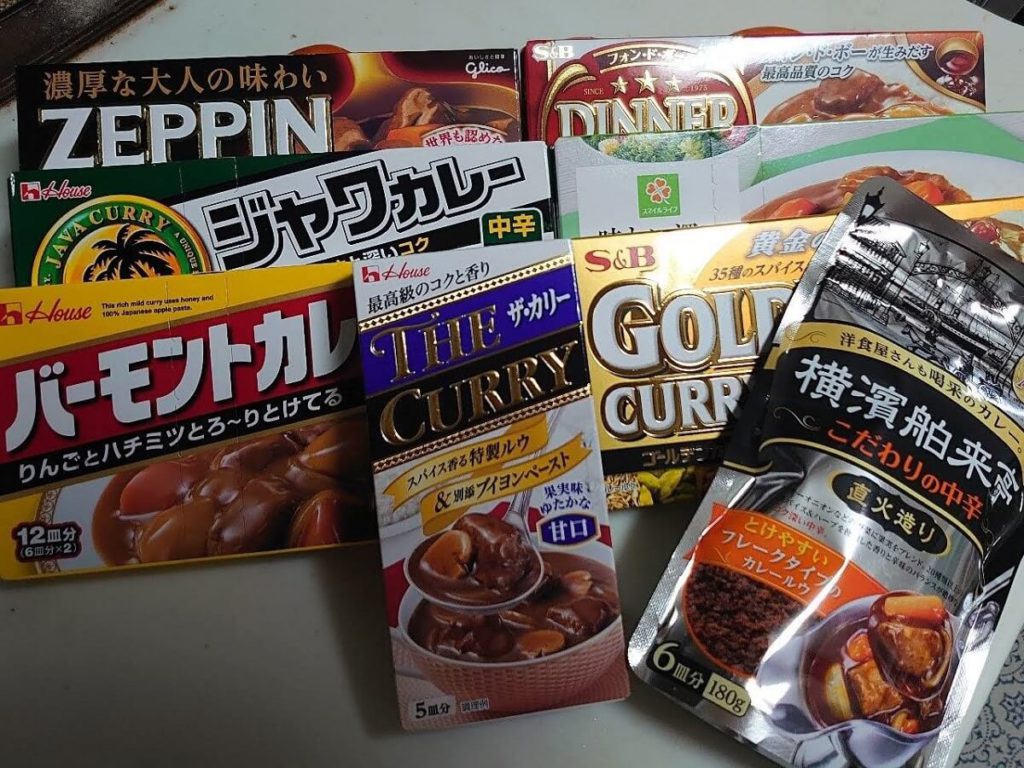
In Japan, there are probably more than 50 varieties of curry roux. Few households make curry rice at home from scratch with spices. My family members are all curry lovers, and we make curry rice very often. I always mix 3 to 5 kinds of curry roux to make. By using curry roux from different manufacturers, I can deepen the flavor and make very tasty curry.
Let’s enjoy arranging!
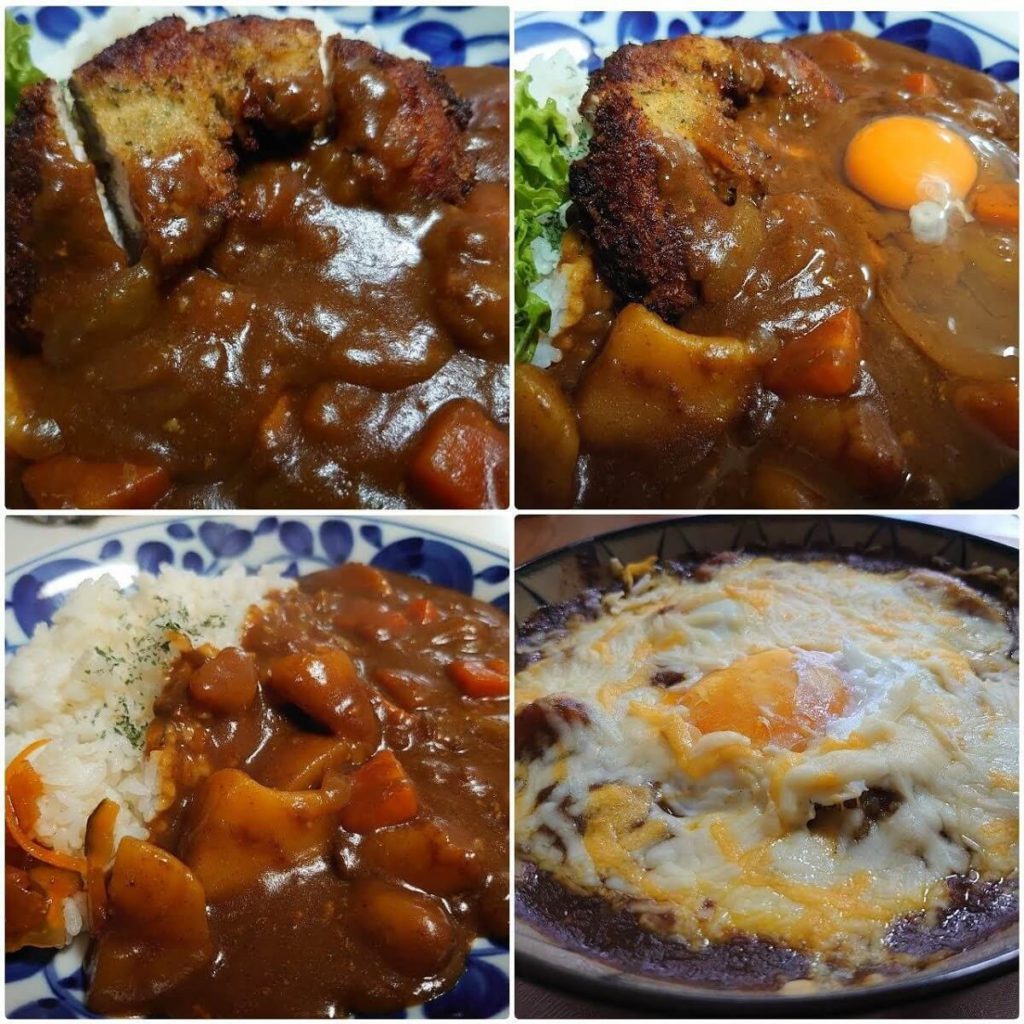
As mentioned earlier, potatoes, onions, and carrots are the standard ingredients, but you can make various types of curry rice by easily changing what you put inside.
First, with meat, you can use beef, chicken, or pork, or even fish and seafood can be added for a different flavor. You can make it like a gratin by putting cheese on top, or you can also put fried meat or fish on top. Adding seasonal vegetables will double the flavor.
Also, you can make at least three different types of other dishes by using the same ingredients as curry rice and only substituting a different roux: curry, beef stew, and cream stew. If you use soy sauce and sugar instead of the roux, you can also make a meat and potato stew: Nikujaga(肉じゃが:it’s another Japanese mom’s home-cooking speciality). It is also a useful dish for housewives because the recipe is very easy and time-saving.
Curry rice is suitable for being busy chatting with family because it can be eaten with a single spoon compared to traditional Japanese dishes that are a bit more complicated. I believe that the reason curry rice is the No. 1 mom’s home-cooking meal is because each of us has memories of nostalgic family time, which makes curry a safe, familiar, and trustworthy menu for Japanese people. If you can get your hands on this Japan’s amazing curry roux, please try making it. I think you will taste the No. 1 home-style dish that is different from Indian curry or spiced curry.
Writing this topic made me want to eat curry rice. I’ll make curry rice tonight.
Thank you for reading to the end.
One of my friend Yuki Oka wrote about spice curry. The link is below.
I’m a clay artist, and a master of Japanese calligraphy “Onore-sho”. I have my own shop in Ikaruga town, Nara, which is near Horyuji temple: world heritage site. And I’m a volunteer English tour guide. I enjoy learning English everyday.

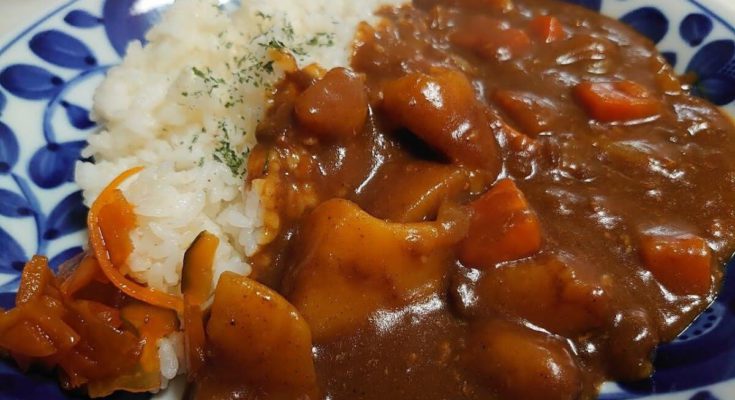



 HTJ has a YouTube page! Check it out
HTJ has a YouTube page! Check it out